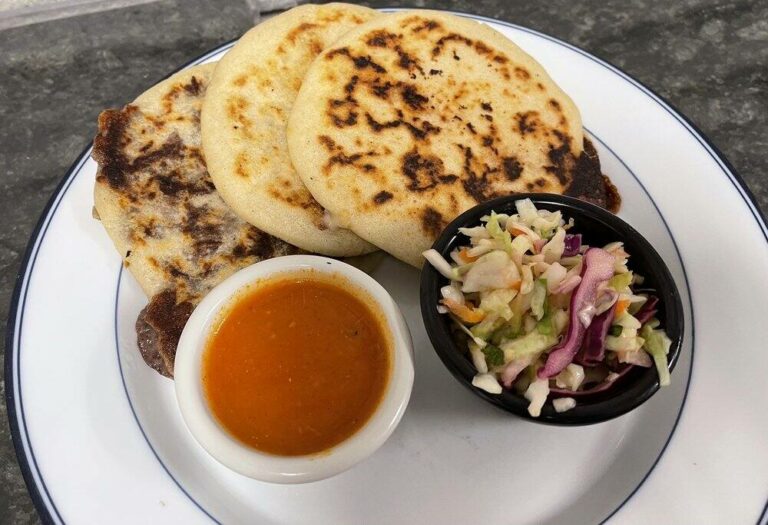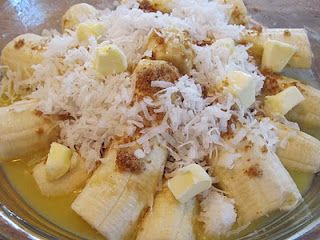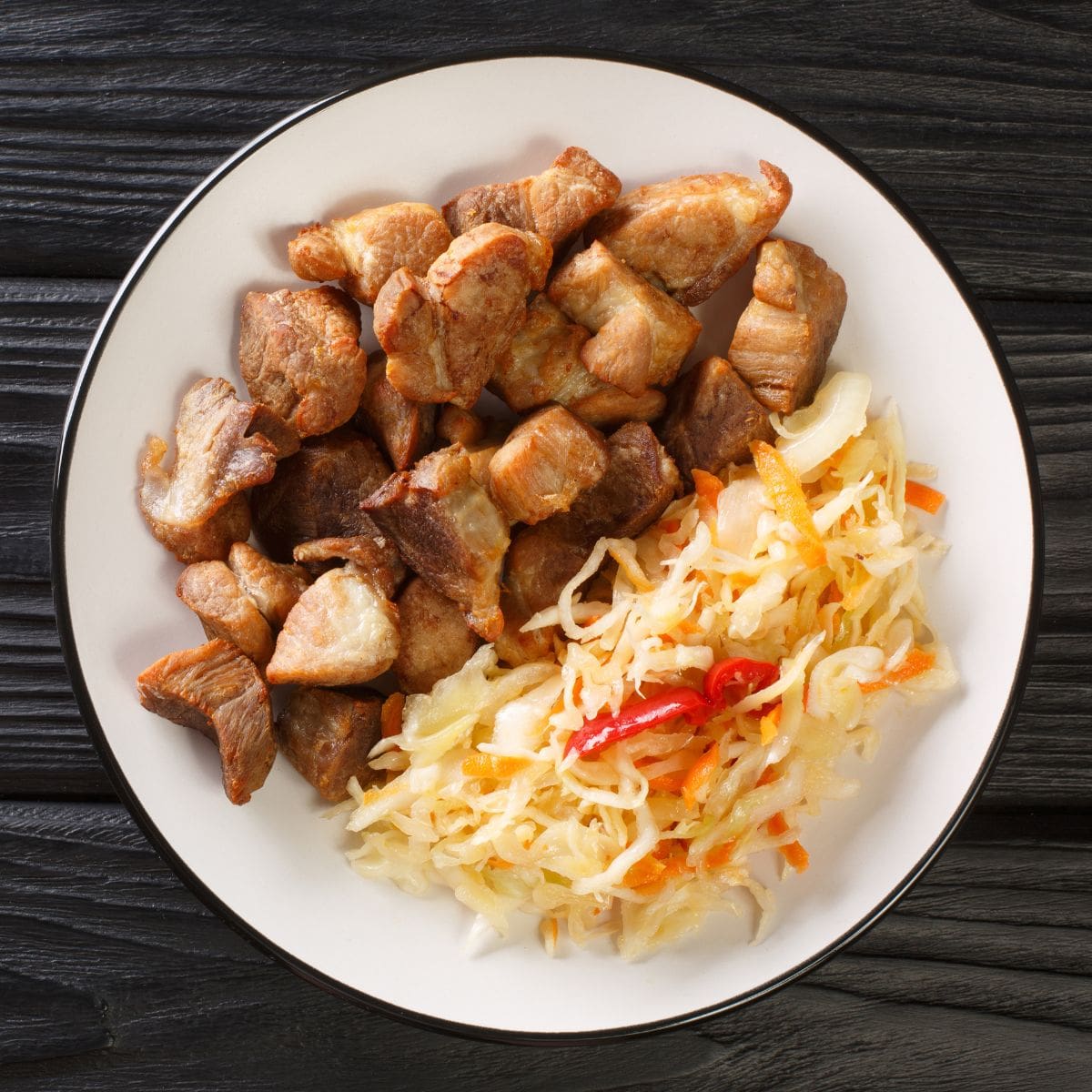Introduction
Grenada is a small island nation located in the Caribbean Sea and is a popular tourist destination known for its beautiful beaches, lush rainforests, and vibrant culture. One of the most significant aspects of Grenadian culture is its cuisine, which reflects its diverse history and cultural influences.
Historical Influences
Grenadian cuisine has been shaped by the island’s colonial past and its position as a hub for trade and commerce in the Caribbean. The island was home to indigenous tribes who cultivated crops such as yams, cassava, and corn. During the colonial era, Grenada was ruled by the French, British, and Dutch, who brought their own culinary traditions to the island. This resulted in a unique blend of African, European, and indigenous influences, which can be seen in Grenadian cuisine today.
Main Ingredients
Grenadian cuisine is known for its use of fresh, locally sourced ingredients, including fruits and vegetables such as mangoes, avocados, sweet potatoes, and breadfruit. Seafood is also a staple of the Grenadian diet, with fish and shellfish including snapper, mahi-mahi, lobster, and conch being popular choices. Spices are also a crucial component of Grenadian cuisine, with cloves, nutmeg, cinnamon, and ginger being commonly used.
Popular Dishes
Grenadian cuisine offers a wide range of mouth-watering dishes that reflect the island’s diverse cultural influences. One of the most popular dishes is oil down, which is made with salted meat, breadfruit, coconut milk, and spices. Another popular dish is callaloo soup, made with leafy greens, okra, and coconut milk. Other popular dishes include fish cakes, roti, and lambi (conch stew).
Dining Culture
In Grenada, dining is more than just about food; it is a social and cultural event. Eating together as a family is an essential part of the Grenadian culture, and many dishes are shared family-style. Grenadians also enjoy dining out, and the island has a vibrant restaurant scene that offers a variety of cuisines. Visitors can enjoy beachside dining, street food, or upscale restaurants.
Conclusion
Grenadian cuisine is a unique blend of cultural influences that reflect the island’s diverse history. From its use of fresh, locally sourced ingredients to the bold use of spices, Grenadian cuisine is a feast for both the eyes and the taste buds. Visitors to the island will undoubtedly enjoy exploring the many dishes and experiences that Grenadian cuisine has to offer.










